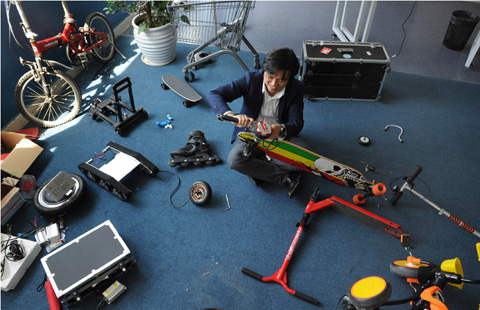
International suppliers
The first aircraft is in its sub-assembly facility, which is next to Shanghai's Pudong International Airport, and it will be rolled to the adjacent final assembly plant once the tail, vertical stabilizer and horizontal stabilizer are fixed.
The two CFM International Leap 1C engines, manufactured by a joint venture between General Electric's (GE.N) aviation unit and France's Snecma, will then be attached.
Systems from international suppliers such as Honeywell, United Technologies subsidiary Goodrich, Rockwell Collins and Parker Aerospace will be installed in the coming months.
"There is still a lot of work to do. At the pace that Comac is proceeding, they will only complete the systems integration around end-2015," one of the sources said.
The aircraft would then undergo ground tests which could take several more months, pushing the flight test program further out.
Chinese subsidiaries of AVIC, the country's state-owned aerospace conglomerate, are manufacturing the major components of the C919 such as the fuselage, wings and tail in factories around the country. These companies have many years of experience as suppliers to both Airbus and Boeing.
Comac, however, is largely dependent on the global suppliers for many of the aircraft's systems, although this is similar to the approach taken by Airbus and Boeing for their latest aircraft programs such as the A350 and 787.
Many of these suppliers have been asked to form joint ventures with Chinese companies, with Beijing hoping that the country will eventually have the capability to produce these systems and components at home.
That goal, however, is many years if not decades away from being realized, say industry observers.
Lessons learned
While Chinese designers and engineers conceived and developed the C919, Comac has hired several former employees of American and European aerospace companies to help with the program.
Comac will be hoping to learn from its much-delayed 100-seat ARJ-21 jet, which received its type certification in December, six years after its first flight and more than 12 years after it was conceived.
The first plane is due to be delivered to launch customer Chengdu Airlines in the coming months.
Certification from the Civil Aviation Administration of China (CAAC) will allow the C919 to enter into service in the domestic market.
Comac, however, could also seek a US FAA certification to improve the aircraft's standing in the international market and appeal to customers outside China.
Airbus forecast in December that China will need over 5,300 new commercial aircraft from 2014 to 2033, or 17 percent of the world's total demand, and it will become the leading country for both domestic and international passenger air traffic.








